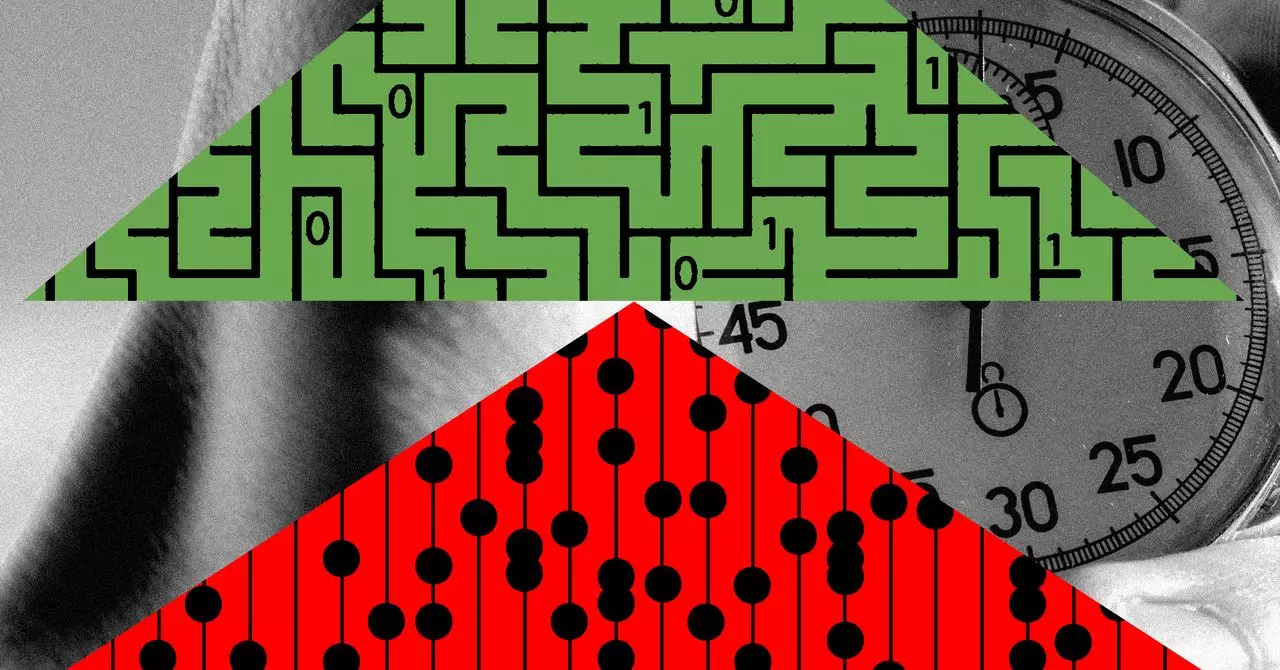In the arena of artificial intelligence, the dialogue surrounding artificial general intelligence (AGI) is rife with excitement and skepticism alike. While executives frequently tout imminent breakthroughs, the truth is that current models still require substantial enhancement. Recently, a significant advancement was made by Scale AI, a firm specializing in refining AI systems. They have developed an innovative platform, Scale Evaluation, that automates testing across myriad benchmarks, revealing model weaknesses and suggesting targeted data for improvement. While the enthusiasm about AGI escalates, it’s crucial to scrutinize the existing infrastructure underlying these ambitious claims.
Navigating the Complexity of AI Training
Artificial intelligence thrives on data; the more extensive and diverse the training set, the more nuanced the output. Scale AI has historically gained traction for providing human intelligence that assists in training large language models (LLMs) sourced from vast arrays of text—everything from classic literature to articles online. Yet the transition from merely processing data to generating interactive and coherent user interfaces is where the real challenge lies. This transformation necessitates “post-training,” where human feedback is essential for honing the AI’s conversational skills. Here, Scale’s workforce plays a pivotal role in scrutinizing models to identify flaws and limitations, turning potentially rough outputs into sophisticated, user-friendly chatbots.
Automation: A Double-Edged Sword
With the introduction of Scale Evaluation, Scale AI aims to streamline the evaluation process. By leveraging machine learning algorithms, this tool automates the analysis of AI models across myriad criteria, moving beyond traditional methodologies that often lack coherence. Daniel Berrios, Scale Evaluation’s head of product, emphasizes that the tool empowers developers to dissect model performance systematically. The ability to swiftly identify weak points not only accelerates improvement efforts but also fosters a culture of continual enhancement. Despite these advancements, one must approach automation with caution. While it enhances efficiency, reliance on algorithms might propagate unseen biases if not supervised vigilantly.
Highlighting Inconsistencies: A Case Study
Berrios shares a crucial insight from Scale Evaluation’s testing: models exhibit degraded reasoning skills when interacting with non-English prompts. This revelation underscores a significant limitation of contemporary models that are, paradoxically, claimed to be advancing rapidly. Although an AI’s capabilities may be robust with well-structured prompts, its performance falters in real-world scenarios where linguistic diversity prevails. The implications here are staggering—should these models be deployed widely without addressing their limitations, they could perpetuate biases and inaccuracies across various languages and cultural contexts.
A Collective Effort for Enhanced AI
Collaboration among industry leaders is vital. Jonathan Frankle, chief AI scientist at Databricks, underscores the importance of rigorous evaluation methods to propel AI development. Various benchmarks, such as EnigmaEval and MultiChallenge, have emerged as effective tools for scrutinizing AI behaviors. However, as models become increasingly adept at passing existing tests, new methodologies become imperative to evaluate their true capabilities. Scale AI’s approach combines multiple benchmarks, generating a more extensive profile of a model’s performance, thus improving the chances of uncovering profound insights into its reasoning abilities.
The Quest for Standardization in AI Testing
Standardization remains a pressing issue in the AI domain. The absence of uniform testing methodologies can obscure critical weaknesses and misfires in AI models. Researchers have underscored that some failures, which could be catastrophic, might go unnoticed due to varying evaluation criteria across different platforms. Scale AI’s partnership with the U.S. National Institute of Standards and Technology represents a proactive shift towards establishing reliable testing standards that enhance safety and trustworthiness in AI systems. As the complexity of AI increases, this standardization could be the key to ensuring reliability in their application across diverse fields.
Inviting Conversation: The Continuum of AI Evaluation
The journey towards creating robust AI systems is one steeped in ongoing dialogue and collective contributions. From developers to researchers, the community must remain vigilant in identifying the blind spots inherent in model outputs while working collaboratively to refine evaluation frameworks. As society progresses into an era dominated by AI, the inquisitive nature of this discourse will be paramount in shaping technologies that not only perform well but also uphold ethical and inclusive standards.
In the landscape of AI, innovation must be accompanied by responsibility—a truth that grows ever clearer as we delve deeper into the intricacies of machine learning evaluation. The potential for a leap toward AGI hangs tantalizingly close, but without rigorous evaluation and standardized methodologies, that leap might remain an elusive dream.

